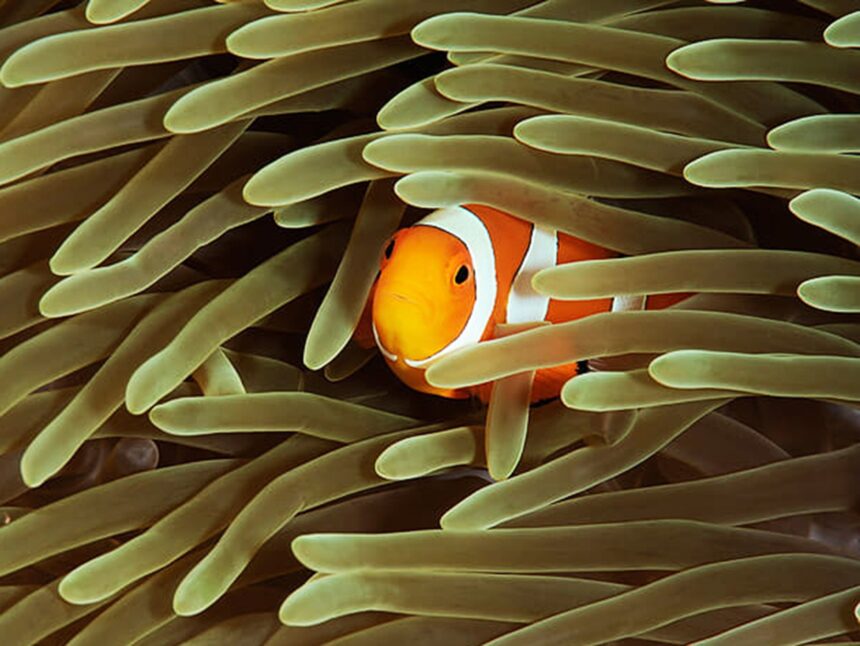Underwater Hockey: A Unique Pool Sport
Underwater hockey, also known as Octopush, is a fast-paced, exhilarating sport played at the bottom of a swimming pool. Combining elements of hockey and swimming, this unique game requires players to use a stick to push a weighted puck into the opposing team’s goal. With its growing popularity worldwide, underwater hockey offers a fascinating blend of athleticism, strategy, and teamwork.
The Basics of Underwater Hockey
Underwater hockey is typically played in a 25-meter pool, with two teams of six players each. The game is played in two halves, each lasting 10 to 15 minutes, depending on the league or tournament rules. Players wear snorkels, masks, and fins, allowing them to navigate the water efficiently while using a short stick (approximately 30 cm) to control the puck, which weighs about 1.5 kg.
Equipment Essentials
To participate in underwater hockey, players need specific equipment:
- Snorkel: Essential for breathing while submerged.
- Mask: Provides clear vision underwater.
- Fins: Enhance propulsion and maneuverability.
- Stick: A short, flat stick used to push the puck.
- Puck: A weighted disc that sinks to the bottom of the pool.
- Protective gear: Optional but recommended, including gloves and knee pads.
Techniques and Skills
Mastering underwater hockey requires a combination of swimming skills, puck handling, and tactical awareness. Here are some essential techniques:
Swimming Techniques
Players must be proficient swimmers, as the game is played entirely underwater. Key swimming techniques include:
- Flutter Kick: A basic kick used for propulsion.
- Dolphin Kick: A powerful kick that helps in quick bursts of speed.
- Streamlining: Reducing drag by keeping the body in a straight line.
Puck Handling Skills
Effective puck handling is crucial for success in underwater hockey. Players should focus on:
- Stick Control: Learning to maneuver the stick with precision.
- Passing: Developing accurate passing techniques to teammates.
- Shooting: Practicing different shooting angles and techniques.
Playing Strategies
Successful underwater hockey teams employ various strategies to outmaneuver their opponents. Here are some common tactics:
Team Formation
Teams often adopt specific formations to maximize their effectiveness:
- Defensive Formation: A solid defense is crucial; players should position themselves to block opponents and protect the goal.
- Offensive Formation: Players should spread out to create passing lanes and opportunities for scoring.
Communication
Underwater communication is vital, as players cannot speak. Teams often develop signals or use body language to convey strategies and plays.
Counterattacks
Quick counterattacks can catch opponents off guard. Teams should practice transitioning from defense to offense rapidly, taking advantage of any openings.
Global Popularity and Competitions
Underwater hockey has gained traction globally, with numerous clubs and national teams participating in international competitions. The World Underwater Hockey Championships, held every two years, showcases the best teams from around the world. Countries like the UK, Australia, and New Zealand have historically dominated the sport, but emerging nations are increasingly making their mark.
Conclusion
Underwater hockey is a thrilling sport that combines swimming, strategy, and teamwork. With its unique gameplay and growing global community, it offers an exciting alternative to traditional sports. As players develop their skills in swimming, puck handling, and tactical awareness, they not only enhance their athletic abilities but also foster camaraderie and sportsmanship. Whether you are a seasoned athlete or a newcomer, underwater hockey promises an engaging and dynamic experience in the water.
